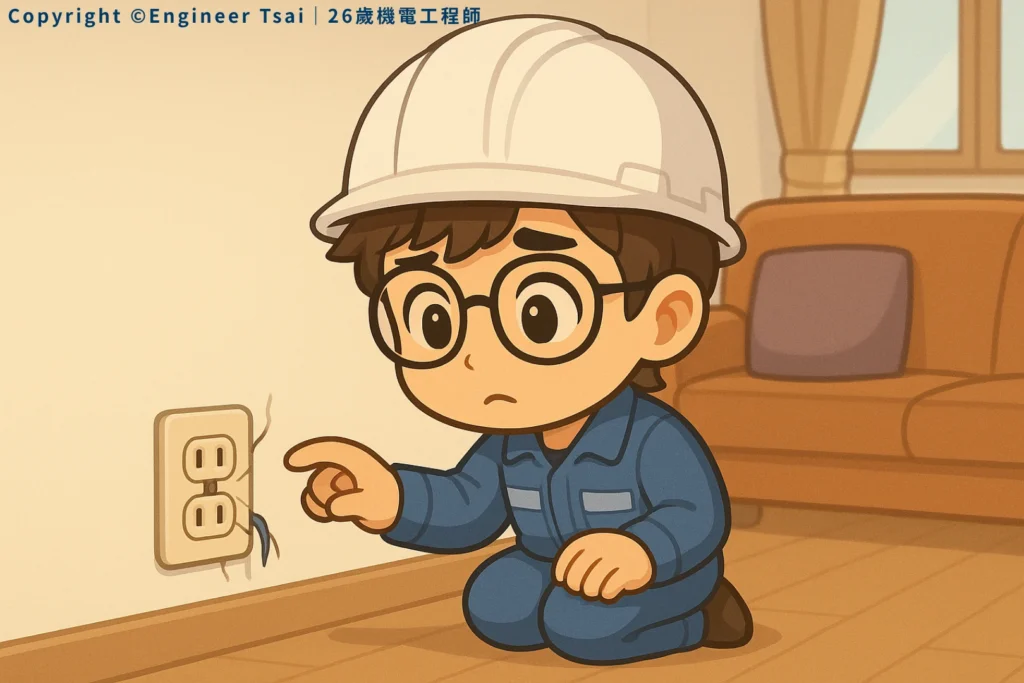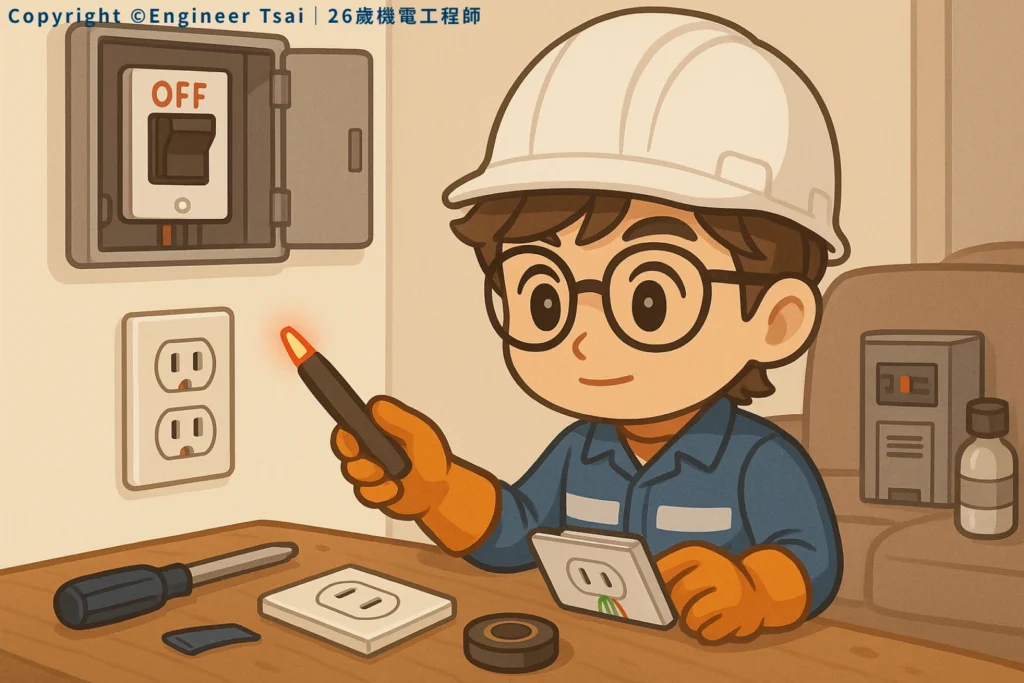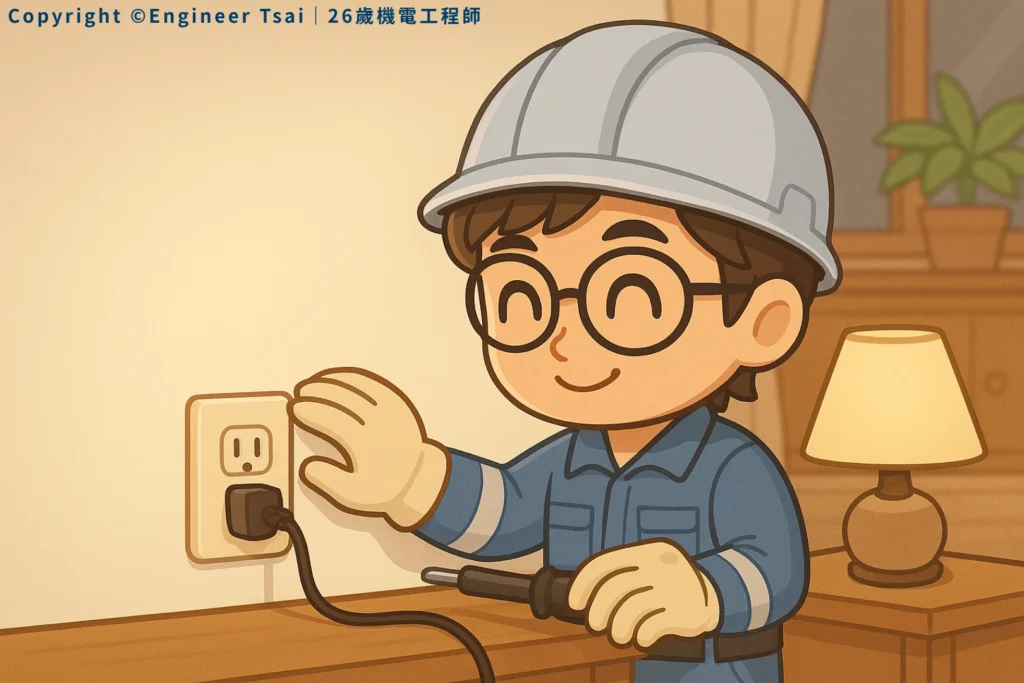Ever plug something in and the whole outlet wiggles around in the wall?
Not exactly confidence-inspiring, right? Sometimes you can even see wires peeking through. Maybe you’ve thought, “Is this safe… or is my house about to catch fire?”
It’s about Loose Electrical Outlet.
If this sounds familiar, you’re not alone.
Loose outlets are super common, especially in older homes or rentals.
But don’t brush it off: a wobbly outlet isn’t just annoying, it can lead to tripped breakers, sparks, or even fires if ignored.
The good news? Fixing and securing an outlet isn’t hard. With the right steps, anyone can do it and make their home a whole lot safer.

Why Do Loose Electrical Outlet? (Hint: It’s Not Just You)
Moving a lot? Redecorating? Plugging in high-power appliances all the time?
Outlets take a beating. Over time, all that pushing and pulling can loosen screws, wear down plastic parts, or even mess with the inside of your wall.
Sometimes it’s just age, humidity, or sloppy installation. Whatever the cause, a loose outlet is more common than you think.
Key Point:
Don’t ignore a loose outlet. The longer you wait, the bigger the risk.
Quick Outlet Safety Check—Do You Need to Fix It Now?
1️⃣ Does the outlet move or have a visible gap?
2️⃣ Do you hear crackling, see sparks, or smell something burnt when you use it?
3️⃣ Can you see wires or is the faceplate coming loose?
Rule of Thumb:
If you answered “yes” to any of these, it’s time to fix it—not just “wait and see.”
Safety First: Always Turn Off Power Before You Start
Seriously—don’t skip this.
Turn off the breaker for that part of your house before you touch the outlet. Then double-check with a voltage tester to be sure the power’s really off.

Step-by-Step: How to Fix and Secure a Loose Outlet
Tools you’ll need:
- Phillips screwdriver
- Voltage tester
- New outlet or longer mounting screws (buy from a reputable brand)
- Electrical tape
Step 1: Remove the Faceplate
Test for power—no electricity, right? Unscrew the faceplate and gently pull the outlet out.
Step 2: Check the Wiring
Look for frayed wires, scorch marks, or loose connections. If a wire’s damaged, strip it back to clean copper and reconnect.
Step 3: Secure the Outlet
If the outlet’s sunken, use spacers or longer screws to make it snug in the box. Tighten the screws—but don’t overtighten!
Step 4: Reattach the Faceplate
Line it up, screw it on, and check again that everything’s tight.
Step 5: Restore Power and Test
Flip the breaker back on, plug in a lamp, and make sure the outlet is firm and works properly.
Quick Tip:
Whenever you reinstall an outlet, give it a wiggle test. If it still moves, tighten it up. If not, you’re good to go.
Common Mistakes & Important Safety Reminders
- Forgetting to turn off power before you start
- Not tightening screws enough (or overtightening and cracking the box)
- Ignoring damaged wires
- Using cheap, uncertified outlets or parts
Remember:
You can fix it yourself, but safety always comes first.

When Should You Call a Pro?
- If wires inside the wall are loose or damaged
- If you see burn marks or smell burning plastic
- If you’re unsure how to reconnect wires or face complicated wiring
Sometimes it’s better (and safer) to let an electrician handle it.
What’s It Cost? What About Time?
- Basic outlet: $1–$5, more for specialty types
- Screws, tools: most folks already have them
- DIY time: 10–30 minutes, faster once you’ve done it before
Bottom Line: You Can Be Your Home’s Safety Champion
You don’t need to be an electrician to check and fix a Loose Electrical Outlet.
Every DIY project is another step toward a safer home.
So next time you notice a wobbly outlet, don’t just ignore it.
Bookmark this guide, grab your toolkit, and get the job done.
You’ll feel a lot better—and your family will thank you.
📌 Recommended Further Reading:
🔹Voltage Tester Basics: When and How to Use One for Home Safety
Learn to check for live wires before any DIY repair. Essential before working on outlets!
🔹Home Electrical Safety: Turning Off Your Main Breaker Made Simple
Know how to cut the power for emergency repairs and peace of mind.
🔹Beginner’s Guide: Five Electrical Tools That Make Home Maintenance Easy
The must-haves for simple, safe electrical fixes—outlet repairs included.
Did you find this helpful?
Follow for more hands-on home safety tips, and drop a comment if you’ve had your own outlet drama!
Next up: Why do light switches keep breaking? Stay tuned for the fix.


